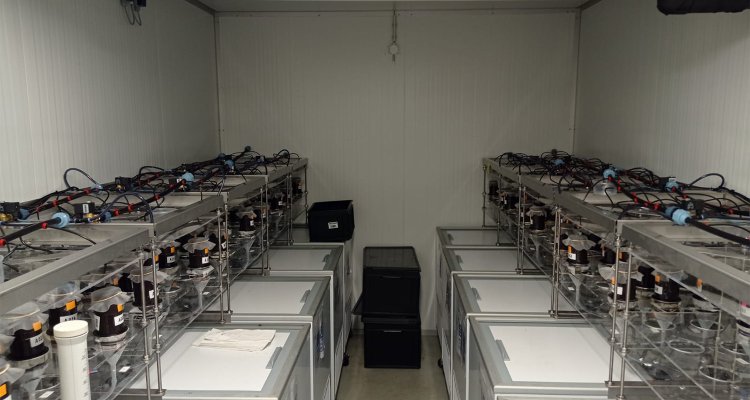
Project
BAM! – Bio-Accelerated Mineral weathering
In the context of enhanced rock weathering as a strategy to reduce atmospheric carbon dioxide concentrations, this project aims at (I) accelerating the rates at which carbon can be sequestered by rock weathering through the action of earthworms, and (II) understanding the underlaying mechanisms of these processes. Due to the potential of mineral weathering to concurrently contribute to soil fertilisation, this project aims at using the organo-rock mixture processed by earthworms as a fertiliser to ultimately contribute to sustainable fertilisation and carbon sequestration.
Background
Carbon Dioxide Removal (CDR) technologies are required to reduce atmospheric carbon dioxide (CO2) concentrations and meet the goals of the 2015 Paris Agreement for climate stabilisation. Enhanced Rock Weathering (ERW) is a CDR with a great potential for CO2 capture, which could significantly contribute to mitigation goals in the next decades. Previous studies have mainly focused on the abiotic factors governing this process, such as rock type and grain size. The role of soil biota, specifically of earthworms, has been largely understudied in the context of ERW. Few studies have hypothesised a series of mechanisms through which earthworms could enhance weathering, but until now no research has focused on how to optimise the power that earthworms can have on EW and how this can have a beneficial effect on climate change mitigation and carbon sequestration.
Description
Within this project, I investigate the role of earthworms in mineral weathering in an artificial organo-mineral system and how the processed mixture can be used as a fertiliser. Currently, this is done first through a series of rounds of two-months experiments in a climate chamber by using a unique set-up and combining different earthworm species and individuals rock powders and relative grain sizes, organic materials, and water flow rates and frequencies. This way, I can investigate which factors lead to better living conditions for earthworms and how earthworms affect weathering indicators and carbon sequestration. Second, the potential of using the organo-mineral-cast mixture as a fertiliser and to enhance soil carbon storage will be tested through a pot experiment in the greenhouse with two different plant species and soil types. The main goal of this project is to provide a mechanistic understanding of earthworms' impact on mineral weathering and carbon dynamics and a new product for sustainable soil fertilisation.
Results
From the first experiments, it appears that earthworms can survive in this artificial organo-mineral system but their survival depends on different conditions, most notably rock type and grain size. Moreover, the results show that overall earthworms do not affect weathering indicators, but differences are found depending on their survival rate. While alive earthworms seem to lead to a decrease in weathering indicators, dead earthworms result in an increase in these indicators compared to treatments in which earthworms were absent. Future experiments and analyses will aim at better understanding the mechanisms behind these processes.